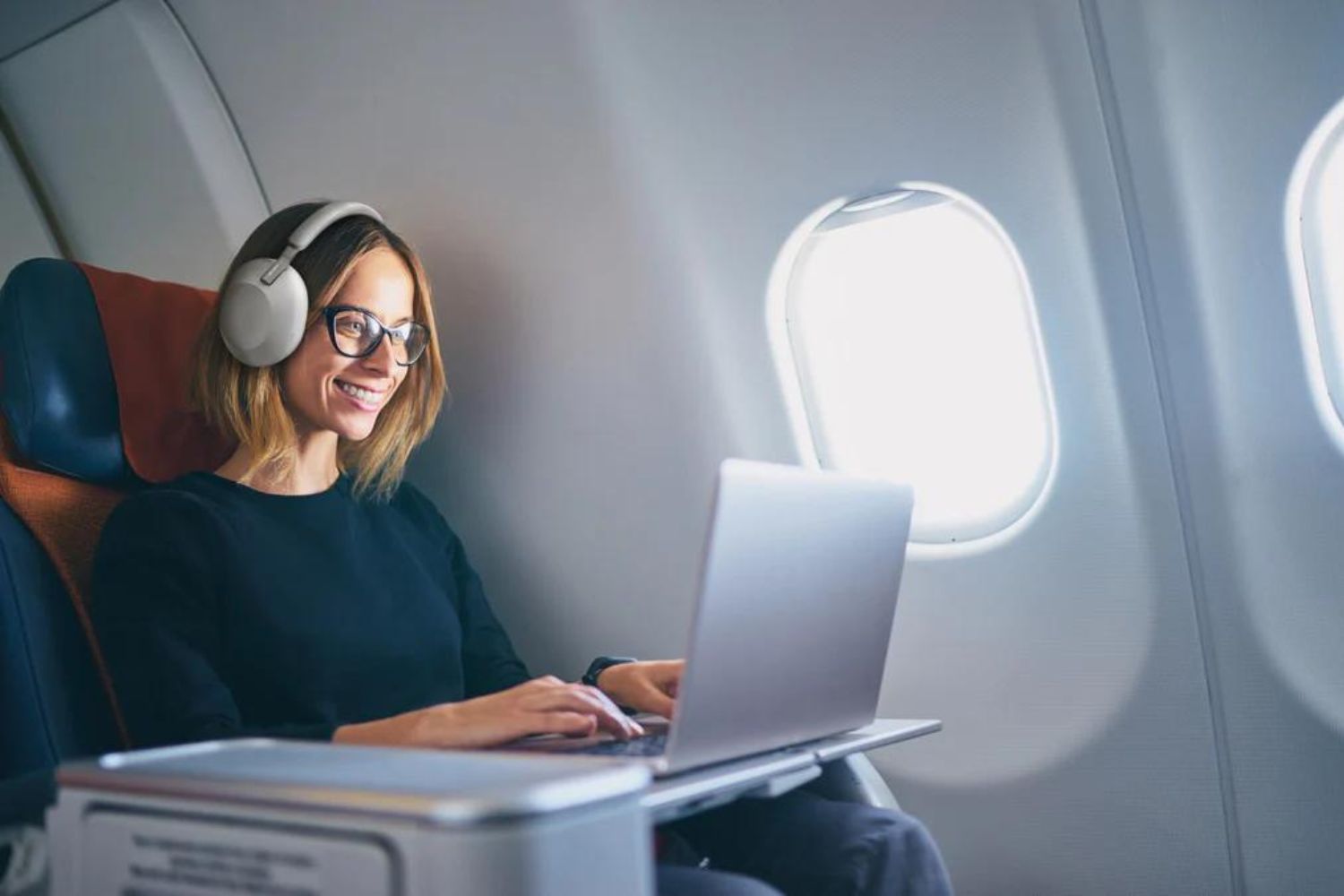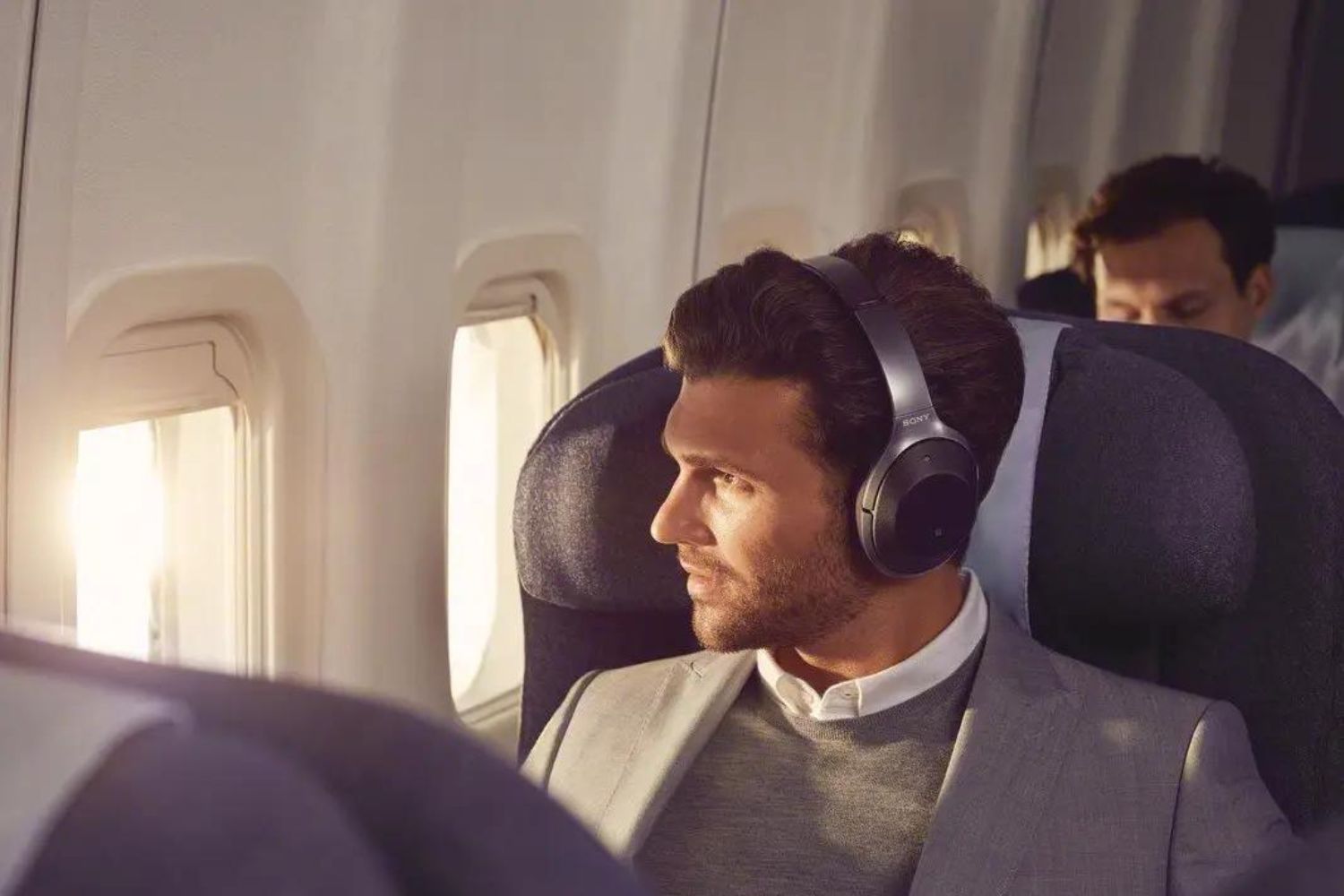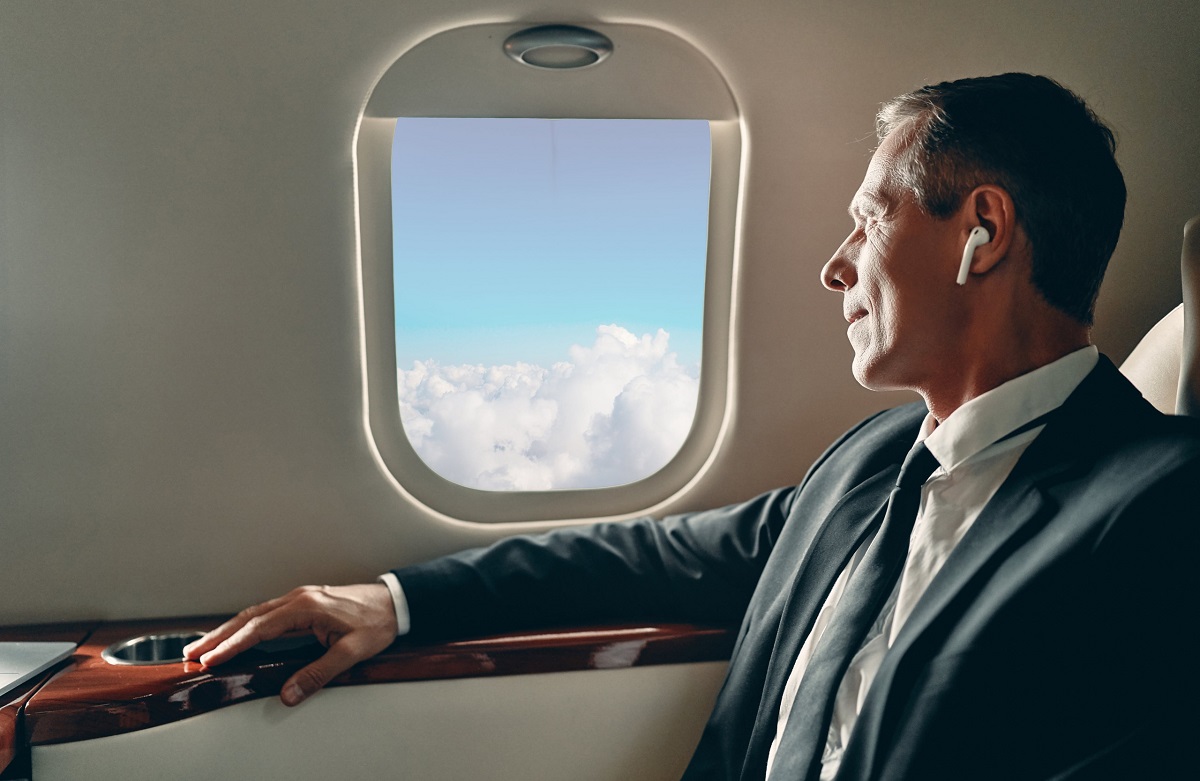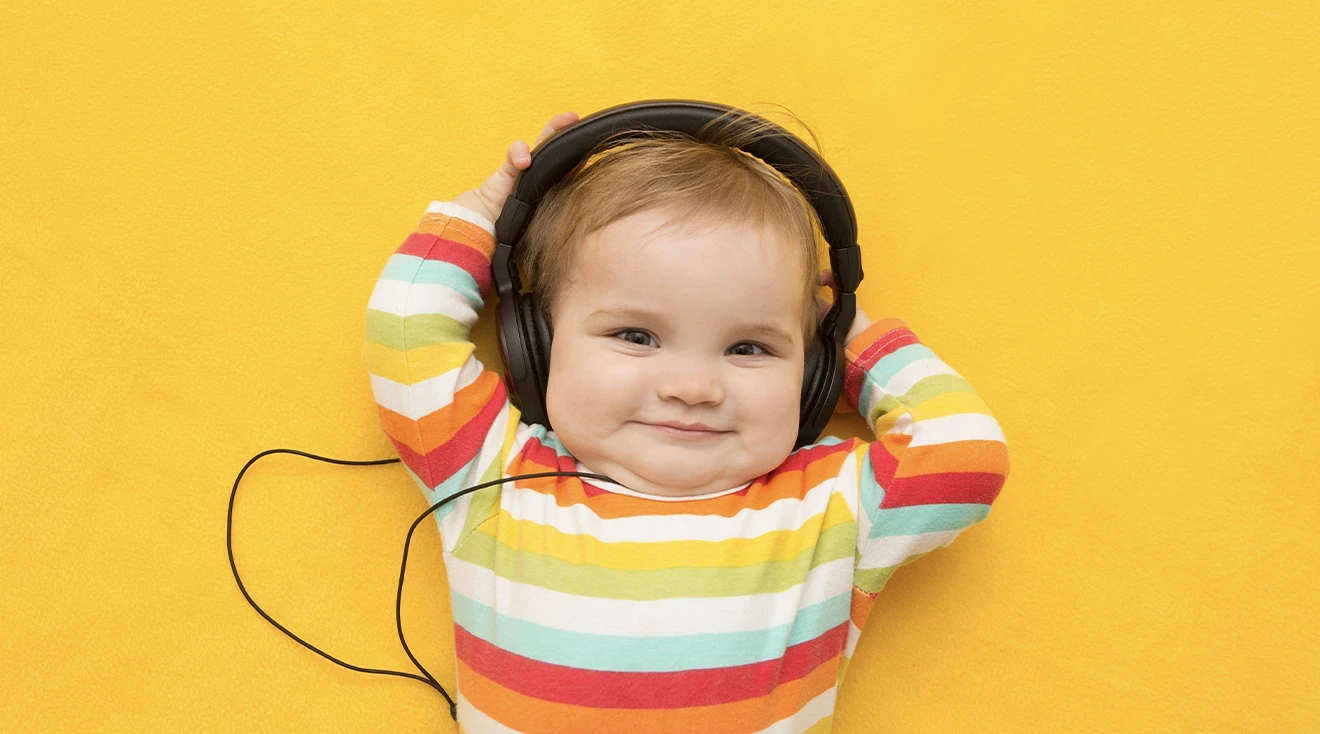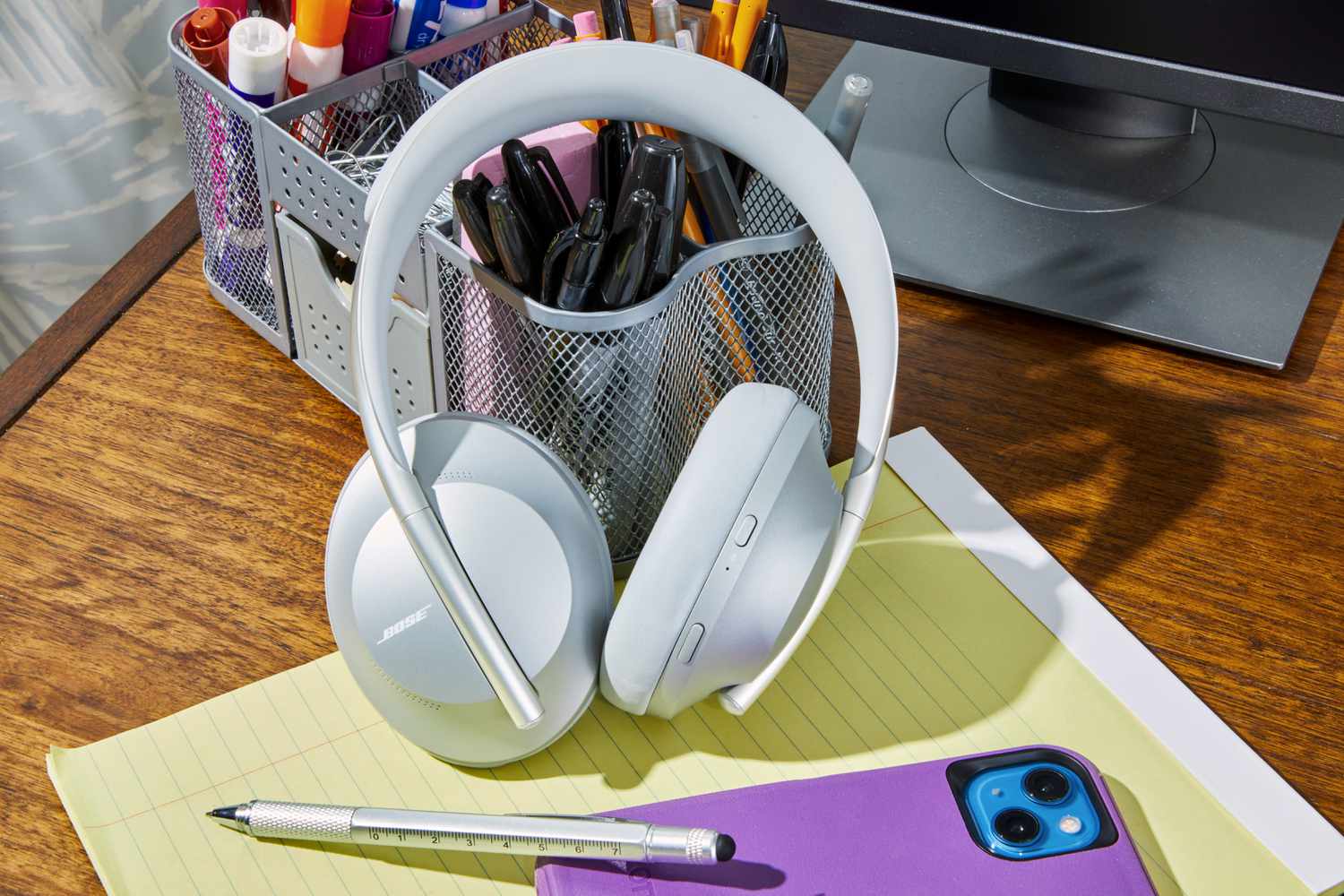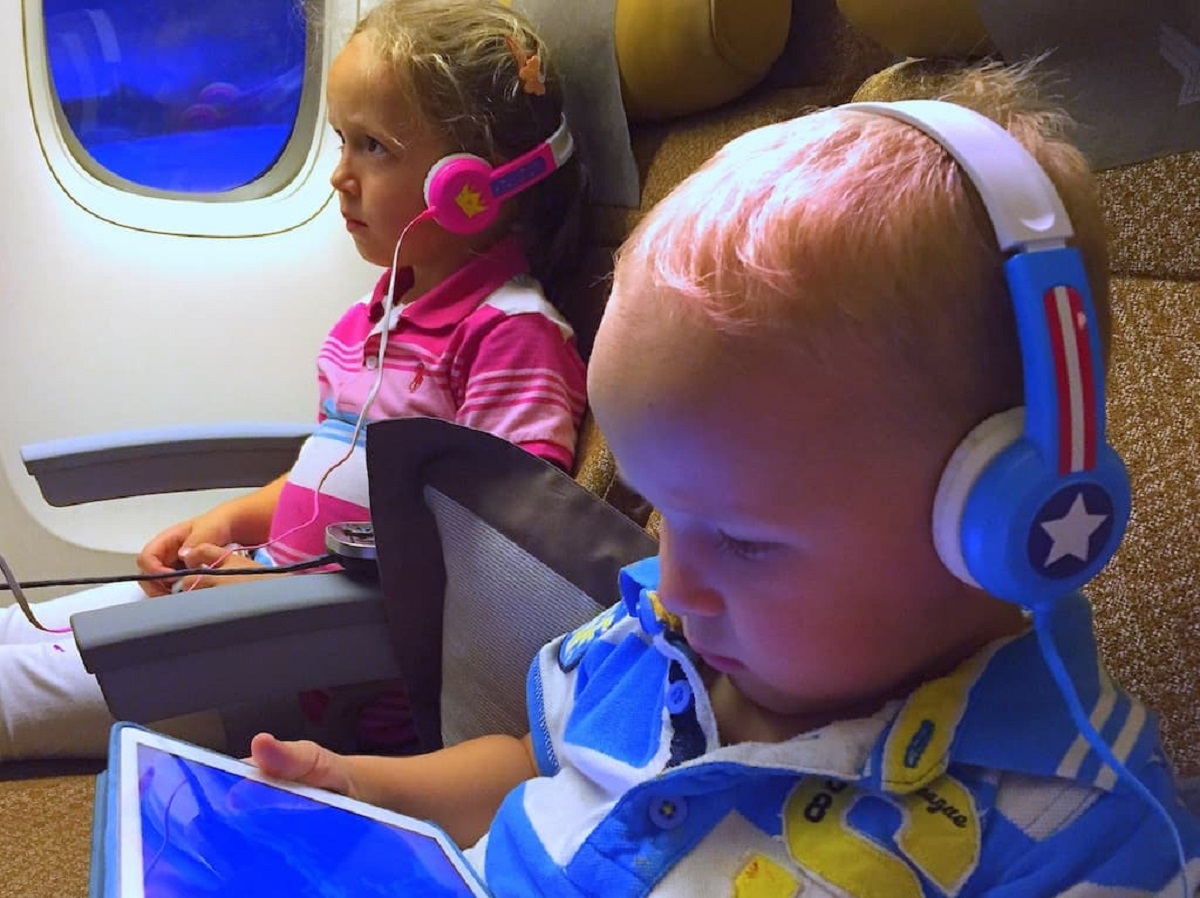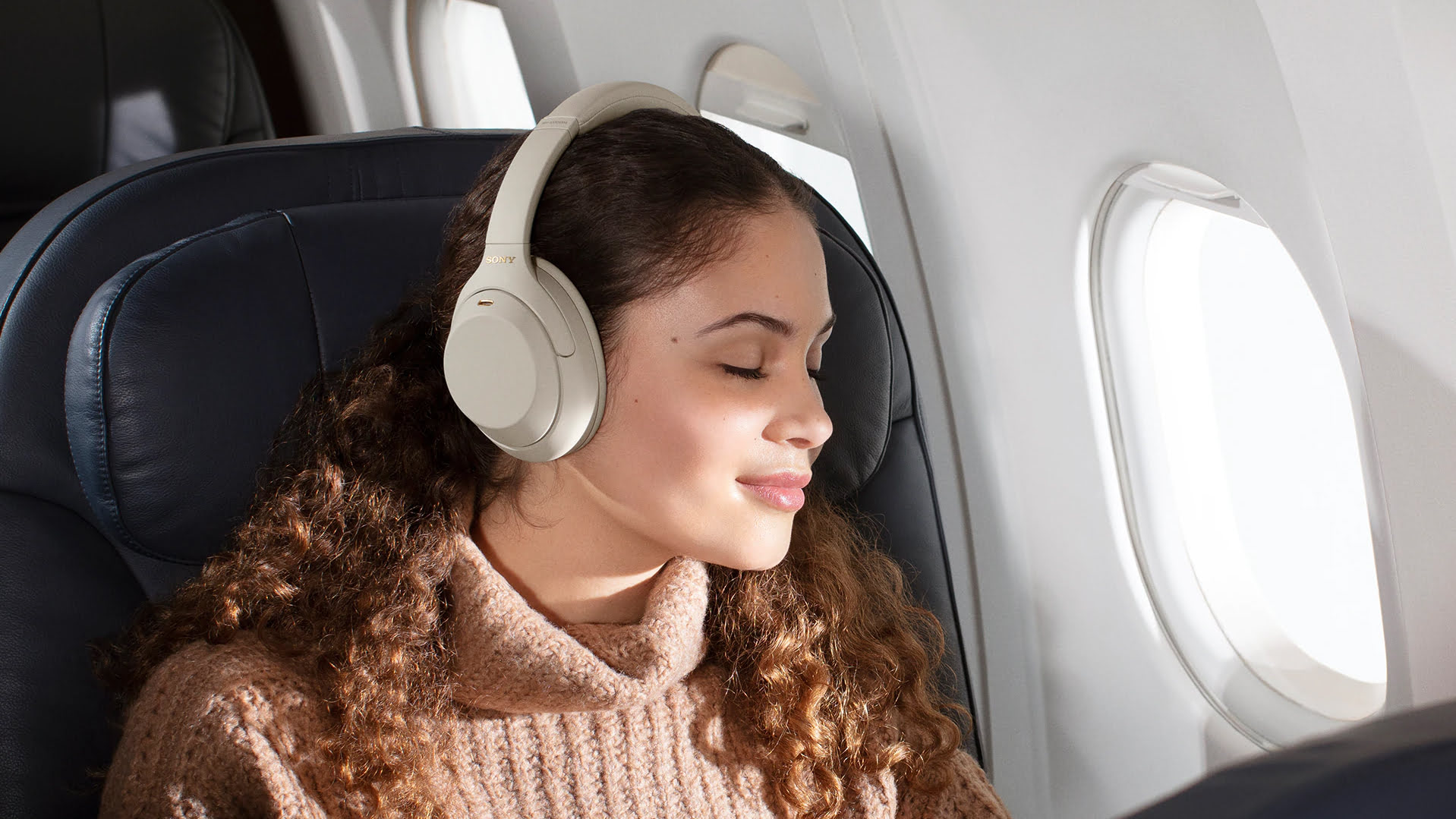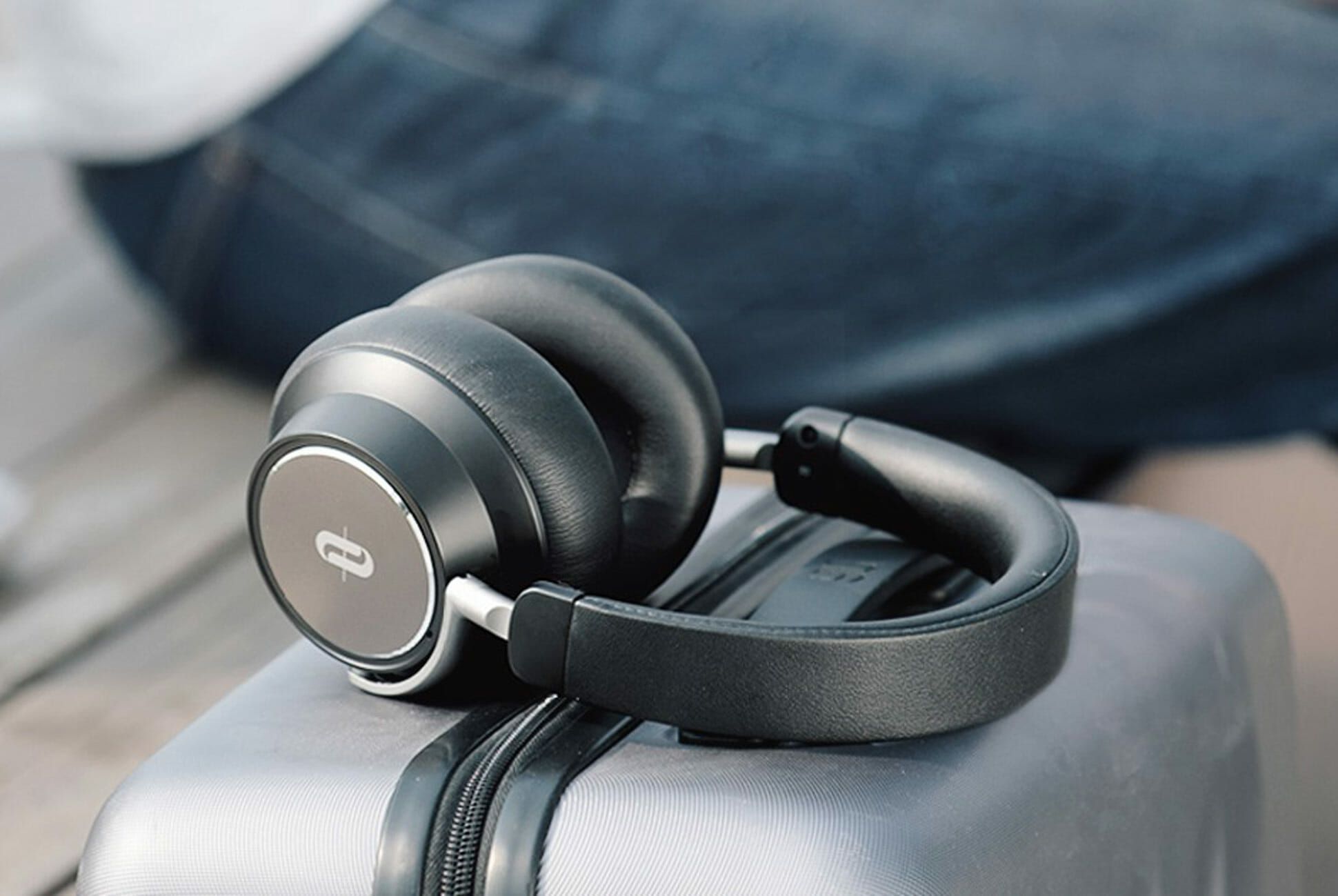Introduction
The Joy of Traveling with Noise Cancelling Headphones
Traveling by plane can be an exhilarating experience, offering the opportunity to explore new destinations or reunite with loved ones. However, the ambient noise inside an aircraft can sometimes detract from the overall enjoyment of the journey. This is where noise cancelling headphones come to the rescue. These innovative devices have revolutionized the way we experience air travel, providing a sanctuary of tranquility amidst the bustling atmosphere of an airplane cabin.
The introduction of noise cancelling headphones has significantly transformed the in-flight experience for many passengers. These headphones are designed to mitigate ambient sounds by producing anti-noise signals that effectively neutralize external disturbances. As a result, travelers can immerse themselves in their preferred audio content or simply revel in the blissful silence that these devices offer.
Whether it's the gentle hum of the airplane's engines, the chatter of fellow passengers, or the ambient noise of the cabin, noise cancelling headphones have the ability to cocoon the wearer in a serene auditory environment. This technology has garnered widespread acclaim for its ability to enhance comfort and reduce stress during air travel. As such, the use of noise cancelling headphones has become a popular choice for many frequent flyers and vacationers alike.
In the following sections, we will delve deeper into the mechanics of noise cancelling headphones, explore the benefits and drawbacks of using them on a plane, and provide valuable tips for maximizing their effectiveness. Join us as we embark on a journey to uncover the wonders of noise cancelling headphones and learn how they can elevate your in-flight experience to new heights.
How Noise Cancelling Headphones Work
Have you ever wondered how noise cancelling headphones manage to create a peaceful oasis amidst the cacophony of a bustling airplane cabin? These remarkable devices operate on a sophisticated principle that involves the interplay of sound waves and advanced technology.
At the core of noise cancelling headphones is a process known as active noise control (ANC). This technology functions by using built-in microphones to detect ambient sounds and then generating anti-noise signals to counteract them. When you put on noise cancelling headphones, the built-in microphones capture the ambient noise, such as the drone of the airplane engines or the chatter of fellow passengers. The headphones then produce sound waves that are the exact opposite of these ambient noises, effectively canceling them out and creating a tranquil auditory environment for the wearer.
The effectiveness of noise cancelling headphones in mitigating low-frequency sounds, such as the constant hum of the airplane engines, is particularly impressive. Additionally, some advanced models are equipped with adaptive noise cancellation, which continuously adjusts the anti-noise signals based on the changing ambient sounds, ensuring a consistent level of tranquility.
Furthermore, noise cancelling headphones are designed to excel in reducing repetitive, predictable sounds, making them ideal for air travel. By neutralizing these ambient noises, passengers can enjoy a more immersive and peaceful audio experience, whether they are listening to music, podcasts, or simply savoring the blissful silence.
It’s important to note that while noise cancelling headphones are highly effective at reducing ambient sounds, they may not completely eliminate all noises. Sudden, sharp sounds or high-frequency noises may still be perceptible, albeit at a reduced level. Nonetheless, the overall impact of noise cancelling headphones in creating a serene auditory environment during air travel is undeniable.
Benefits of Using Noise Cancelling Headphones on a Plane
Embracing the use of noise cancelling headphones during air travel offers a myriad of advantages that can significantly enhance the overall in-flight experience. These innovative devices have garnered widespread acclaim for their ability to provide tranquility and comfort amidst the ambient noise of an airplane cabin.
1. Immersive Audio Experience
Noise cancelling headphones allow passengers to immerse themselves in their preferred audio content, whether it’s music, podcasts, or audiobooks, without the disruptive influence of ambient noise. This creates a more enjoyable and personalized audio experience, enabling travelers to escape into their own world of sound during the flight.
2. Reduced Stress and Fatigue
The relentless drone of airplane engines and the ambient chatter of fellow passengers can contribute to stress and fatigue during air travel. Noise cancelling headphones mitigate these disturbances, fostering a more relaxing and serene environment that can alleviate the mental and physical strain often associated with long flights.
3. Enhanced Comfort and Focus
By neutralizing ambient sounds, noise cancelling headphones promote a heightened sense of comfort and focus. Whether passengers are seeking rest or aiming to concentrate on work or entertainment, the ability to create a tranquil auditory environment can significantly improve their overall well-being and productivity during the flight.
4. Protection of Hearing
Prolonged exposure to high levels of ambient noise, such as the roar of airplane engines, can potentially harm one’s hearing. Noise cancelling headphones help mitigate these risks by reducing the need to raise the volume of audio devices to counteract ambient noise, thereby safeguarding the wearer’s hearing health.
5. Enhanced Sleep Quality
For travelers seeking rest during a flight, noise cancelling headphones can be invaluable in creating a peaceful environment conducive to sleep. By minimizing the impact of ambient noise, these devices facilitate a more tranquil and uninterrupted sleep experience, allowing passengers to arrive at their destination feeling more refreshed and rejuvenated.
These benefits collectively underscore the transformative impact of noise cancelling headphones on the in-flight experience, making them an indispensable companion for travelers seeking comfort, relaxation, and enjoyment during air travel.
Drawbacks of Using Noise Cancelling Headphones on a Plane
While noise cancelling headphones offer a multitude of benefits for air travelers, it’s important to acknowledge that these innovative devices also come with certain limitations and considerations that passengers should be mindful of.
1. Battery Dependency
Most noise cancelling headphones rely on built-in batteries to power the active noise cancellation technology. This means that users must ensure their headphones are adequately charged before the flight and may need to recharge them during long journeys, adding an additional layer of preparation and potential inconvenience.
2. Sound Quality and Price
Some audiophiles argue that noise cancelling headphones may compromise sound quality compared to high-end traditional headphones. Additionally, premium noise cancelling headphones can come with a hefty price tag, potentially deterring budget-conscious travelers from investing in these devices.
3. Discomfort for Some Users
While noise cancelling headphones are designed to provide comfort, some users may experience discomfort or pressure when wearing them for extended periods, particularly during rapid changes in air pressure that occur during takeoff and landing. This discomfort can vary depending on the individual’s sensitivity and the specific design of the headphones.
4. Reduced Awareness
Noise cancelling headphones, by design, minimize ambient sounds, which can include important auditory cues, such as announcements from the flight crew or alerts from the cabin. This reduced awareness may pose a potential safety concern, especially during critical moments of the flight.
5. Limited Efficacy for Certain Noises
While noise cancelling headphones excel at mitigating low-frequency and predictable sounds, they may be less effective at neutralizing sudden, sharp noises or high-frequency sounds. This means that some ambient disturbances may still permeate the wearer’s auditory environment, albeit at a reduced level.
By understanding the potential drawbacks associated with noise cancelling headphones, travelers can make informed decisions about their usage and take proactive measures to mitigate these limitations, ensuring a balanced and enjoyable in-flight experience.
Tips for Using Noise Cancelling Headphones on a Plane
Maximizing the effectiveness of noise cancelling headphones during air travel involves more than simply putting them on. By implementing the following tips, passengers can optimize their experience with these innovative devices and elevate their overall comfort and enjoyment during the flight.
1. Choose the Right Fit
When selecting noise cancelling headphones, prioritize comfort and fit. Opt for a design that aligns with your preferences and consider trying on different models to find the most comfortable option. This is particularly important for long-haul flights, where extended wear is common.
2. Ensure Adequate Battery Life
Prior to your flight, fully charge the batteries of your noise cancelling headphones and consider carrying a portable charger if you anticipate the need for extended usage. This proactive approach will help prevent disruptions to the active noise cancellation feature during the journey.
3. Combine with In-Flight Entertainment
Pair your noise cancelling headphones with the in-flight entertainment system to fully immerse yourself in movies, music, or other content. This combination can enhance your overall audio experience and provide a welcome escape from the ambient noise of the aircraft.
4. Stay Mindful of Surroundings
While noise cancelling headphones create a serene auditory environment, it’s important to remain aware of important announcements from the flight crew or any safety-related sounds. Consider using the headphones in conjunction with an audio source that allows for quick and easy removal when necessary.
5. Practice Proper Care and Maintenance
Regularly clean and maintain your noise cancelling headphones to ensure optimal performance. Follow the manufacturer’s guidelines for cleaning and storage to prolong the lifespan of the device and preserve its effectiveness in mitigating ambient noise.
6. Use in Conjunction with Earplugs
For travelers seeking maximum noise reduction, combining noise cancelling headphones with earplugs can create a dual-layered approach to minimizing ambient sounds. This combination can be particularly beneficial during periods of heightened noise levels, such as takeoff and landing.
By incorporating these tips into their air travel routine, passengers can harness the full potential of noise cancelling headphones and cultivate a more tranquil and enjoyable in-flight experience.
Conclusion
As we conclude our exploration of noise cancelling headphones and their impact on air travel, it becomes evident that these innovative devices have redefined the in-flight experience for countless passengers. By harnessing the power of active noise control technology, noise cancelling headphones offer a sanctuary of tranquility amidst the ambient noise of an airplane cabin, providing a multitude of benefits for travelers seeking comfort, relaxation, and immersive audio experiences.
From mitigating stress and fatigue to enhancing focus and sleep quality, noise cancelling headphones have emerged as indispensable companions for modern air travel. Their ability to create a serene auditory environment allows passengers to immerse themselves in their preferred audio content or simply revel in the blissful silence, transforming the journey into a more personalized and enjoyable experience.
While it’s important to acknowledge the potential drawbacks and considerations associated with noise cancelling headphones, such as battery dependency and reduced awareness of surroundings, travelers can navigate these limitations by adopting proactive measures and mindful usage practices. By doing so, they can optimize their in-flight experience and fully harness the benefits of these remarkable devices.
As technology continues to advance, it is likely that noise cancelling headphones will evolve to offer even greater efficacy, comfort, and convenience for air travelers. Whether it’s for business or leisure, the use of noise cancelling headphones has become a hallmark of modern air travel, offering a respite from the ambient noise and fostering a more tranquil and enjoyable journey for passengers around the world.
With their transformative impact on comfort, relaxation, and audio immersion, noise cancelling headphones have undoubtedly elevated the standard of the in-flight experience, providing a gateway to a world of serenity amidst the clouds.







